Domaine de Montrieux
Ariane Lesné has been working in wine since the early 1990s after leaving university with a postgraduate degree in management and marketing, specifically in the area of wines and spirits. In 1994, she joined the Repaire de Bacchus, a chain of Parisian wine stores. It was in 1998 that Ariane worked her first harvest in Burgundy and led her to complete her training with a Professional Patent Manager Farmer, with the goal of one day managing her own domain. She stayed in Burgundy for six years, where she had the chance to work with one of the seminal (now certified biodynamic) domaines in Nuits St. Georges, Domaine de l’Arlot.
In the mid-2000s, Ariane went to Great Britain to work for an English wine merchant who introduced her to the world of fine wine speculation, but in 2008, she returned to Paris to take up the trade of wine merchant. It was here that she was first immersed in the world of organic, biodynamic, and natural wines which fueled her desire to return to the land.
During this time she was falling under the spell of pineau d’aunis, specifically the 2005 vintage of Domaine de Montrieux Rouge, which reminded her of the texture of the pinot noir that she loved so much but with an added aromatic side typical of the grape variety. This was the spark that then led to a deeper interest in the region the variety is grown — that is in and around Touraine and Anjou — and a quest to taste all the wines made from it. After a few years of exploration, it was settled that this is where she was going to live. In the beginning of 2014, Ariane learned that Emile Héredia, the owner of Domaine de Montrieux in the Côteaux du Vendômois, would be selling the estate. She didn’t think twice about it, and by harvest time she was living on the estate, ultimately taking over by the spring of 2015.
When she first took the reins, the property was planted to 7.5 hectares, but after two years of losses (2016 loss of 60% and 2017 loss of 40%), she decided to uproot some vines to replant in a better-suited parcel in 2018. Now, the estate has a little over 6 hectares of vines planted with pineau d’aunis, gamay teinturiers, chenin blanc, pinot blanc, pinot noir, and cabernet franc. In 2017 Ariane decided to begin a small negoce project to supplement her production in lean years, as many in the Loire had to do after a string of trying vintages.
